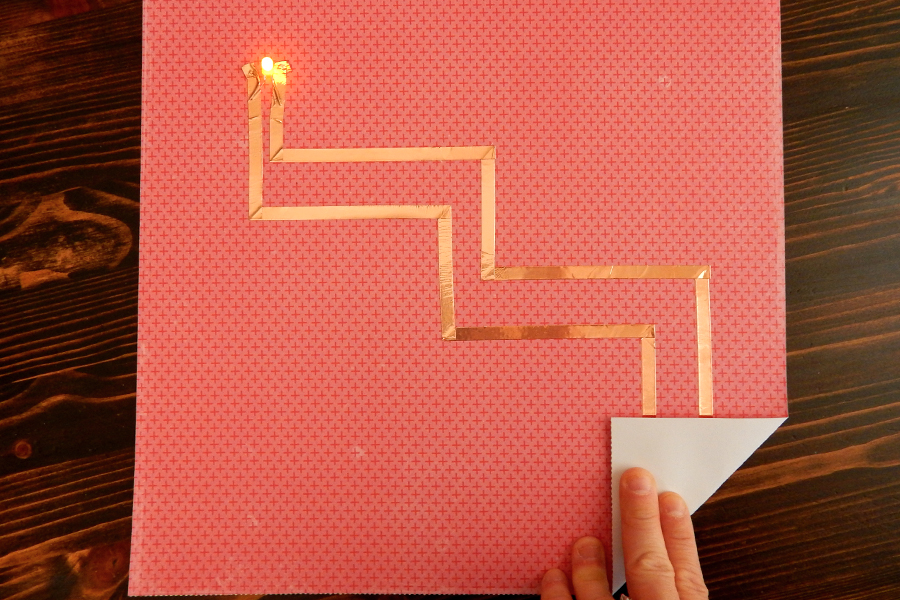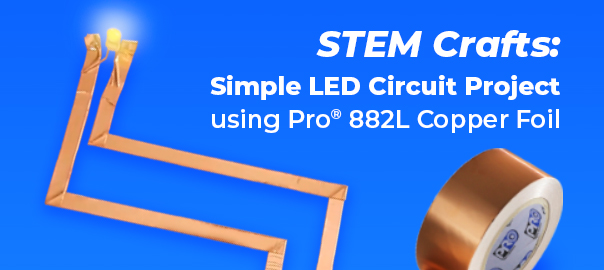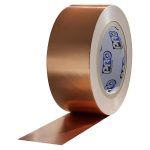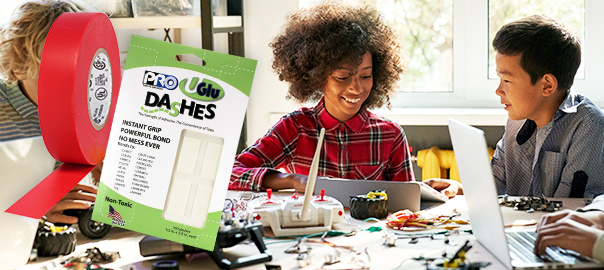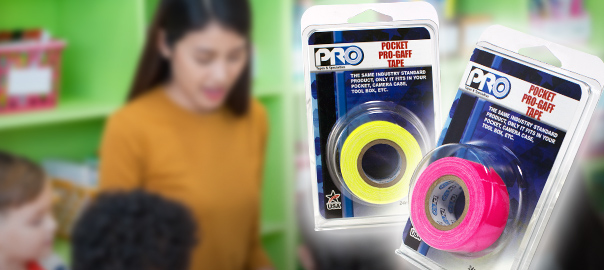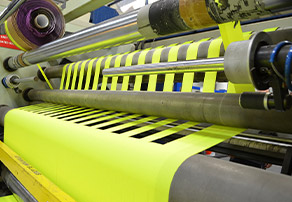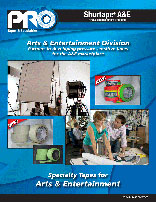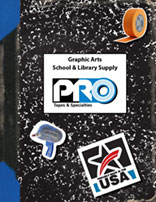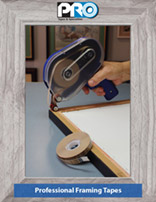STEM is an acronym for Science, Technology, Engineering and Mathematics. STEM education’s objective is to create critical thinkers. As parents, we can help our children develop a better understanding for advanced engineering concepts with fun and easy projects. Read on to discover one easy experiment using our Pro® 882L Copper Foil Tape!
The goal of STEM education should be to encourage a generation of innovators. STEM is becoming the backbone of K-12 education. Building a STEM –related foundation will prepare students for 21st century jobs. STEM education encourages students to become more analytical, encourages team work and emphasizes application of theory into practice.
Science Technology Engineering and Mathematics (STEM) include but are not limited to the following disciplines:
- Robotics
- Nanotechnology
- Physics
- Astrophysics
- Nuclear physics
- Chemistry
- Biochemistry
- Aerospace
- Chemical engineering
- Agriculture
- Statistics
- Info-sciences
Get inspired by creating this simple circuit using Pro® 882L Copper Tape!
Schools should not carry the sole burden of STEM education. Parents must also encourage their children to pursue STEM activities and increase awareness and interest at home and in extracurricular activities.
As parents we can help our children develop a better understanding for advanced engineering concepts with fun and easy projects.
Here is an easy experiment you can try out with your children, using Pro® 882L Copper Foil Tape!
Check out the video above, or see the photo guide below. There’s more than one way to make a path that makes this circuit work… have fun experimenting!
Step 1: Gather Your Materials Together
First, you need to bring all of your tools together before we can get started:
- Pro® 882L Copper Foil Tape (we used 3/4th inch, but different sizes are available!)
- A coin battery
- Individual LED lights (color choice is up to you!)
- A paper surface to work on, like card stock, printer paper, a sketchbook, etc
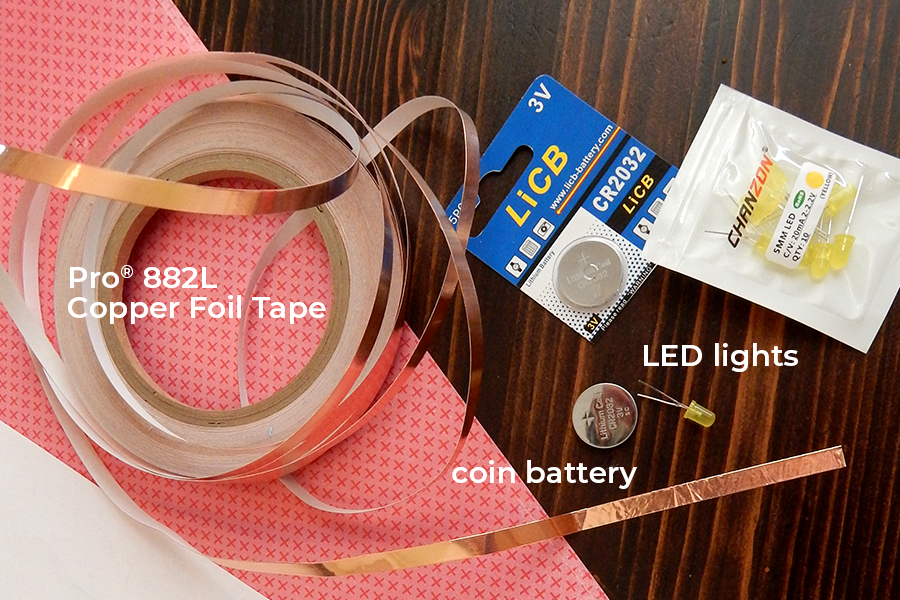
Step 2: Create a Switch for your Simple Circuit
Make a switch for your simple circuit! First, tape down your coin battery on top of some folded-over Pro® 882L Copper Tape. You want to make sure the coin is firmly touching the copper tape.
Then, fold over a corner of your sheet of paper so that it touches the battery when folded. Once you’ve got this ready, tape down a different strip of Pro® 882L Copper Tape on your corner so that, when folded, it touches the battery. This will be the “switch” for your LED light!
You should now have two “paths” of copper tape started. One coming from your coin battery and the other from your switch.
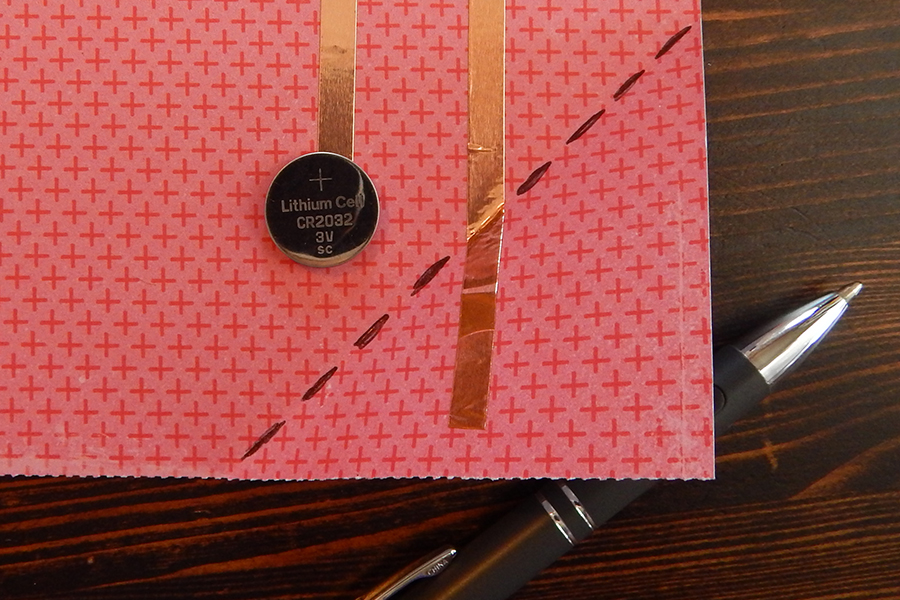
Step 3: Create your Circuit Path
Now you can get a little creative while creating your circuit!
The goal is to have the two paths of Pro® 882L Copper Tape end up next to each other, with a little bit of space for the LED light in between them.
The first time you try this simple circuit experiment, try making just a straight path, like two parallel lines forming an “11”.
Once you’ve got the hang of it, you can start folding your Pro® 882L Copper Tape (like you can see in the photo below) to create corners and all kinds of paths!
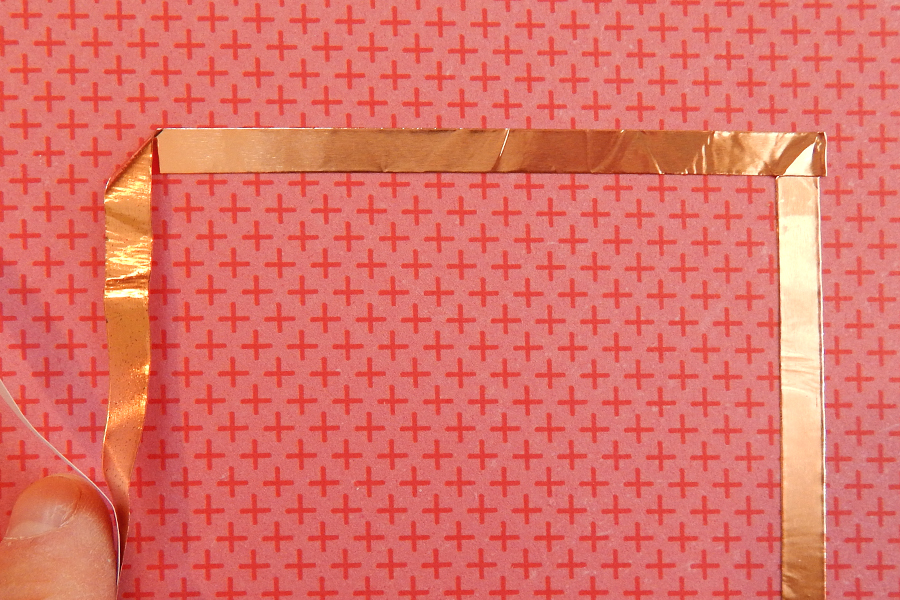
Step 4: Install your LED light
For the fourth step, you can go ahead and install your LED light – once you’re happy with your path!
Bend the little metal legs into whatever shape you need to fit under your Pro® 882L Copper Tape paths. Make sure the metal legs are taped securely!
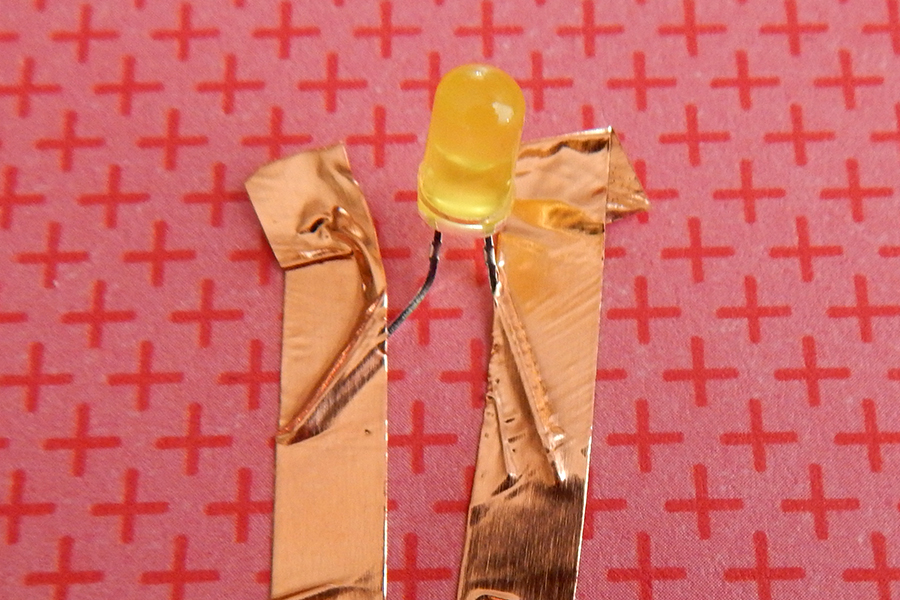
Step 5: Flip the “switch” and try out your circuit!
If each of your components is securely attached to the copper tape, then when you fold your “switch” onto the battery, you should have LIGHT!
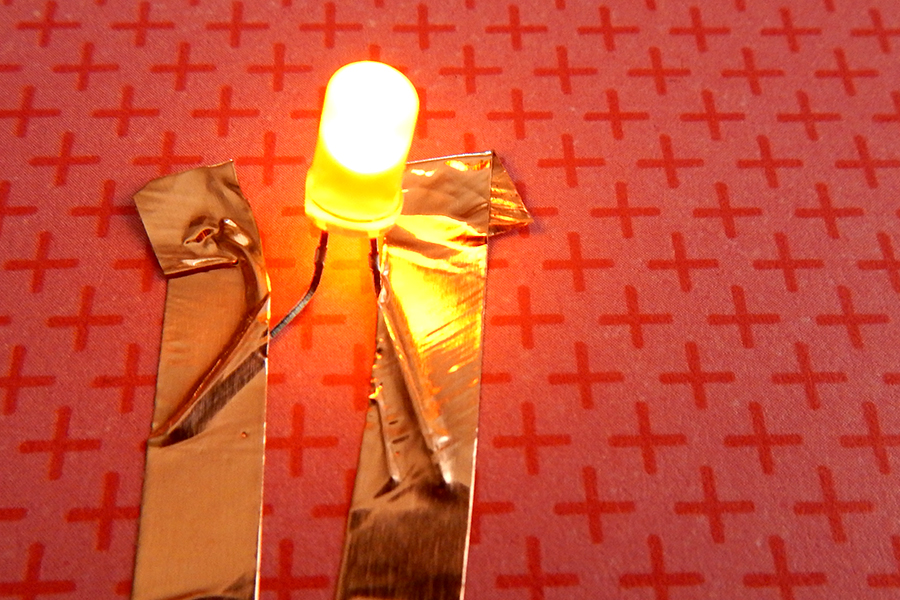
Possible Step 6: No glow? Troubleshoot the problem
Not every experiment will work out the first time! All scientists (big and small) should learn that failure doesn’t mean stop – it means, try something new!
If your circuit did not make your LED light up the first time, keep playing around with the Pro® 882L Copper Tape. Try making an easier circuit path. Double-check that the copper tape is touching itself securely at all bends and corners. Make sure your switch connects properly.
Keep experimenting, and you’ll be sure to find success!
